20 Different Types Of Figs With Images
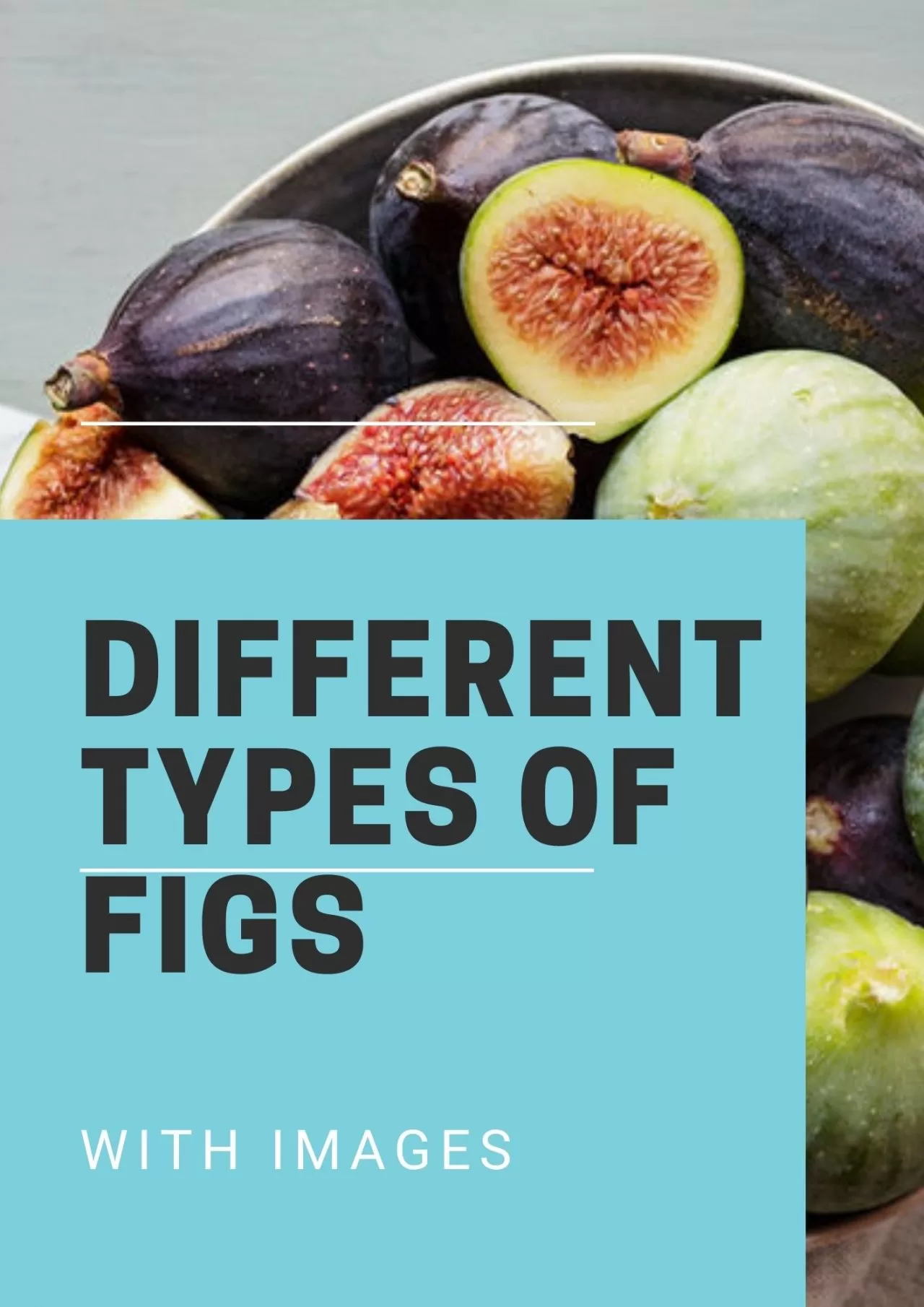
Figs are sweet edible pear-shaped fruit that comes from a small flowering tree. It comes from Moraceae Family. In a year, it can produce at least 2 or 3 fruits crops. Figs are characterized as soft fruit, thin skin and with abundant seeds on the inside. There are however different types of figs that is why in this article we will discuss further about the different types of figs.
Classifications of Figs
Before we talk about the different varieties of figs, let us first go into details the different classifications of figs: Light-Dark colored figs and Horticultural figs.
Light or Dark colored Figs
There are light or dark colored figs. The light colored ones are the most popular as compared to the dark colored figs.
Light colored figs taste even before after drying because the taste are preserved that is why light colored figs are often converted into dried figs. Yellowish green Kadota Fig and White Adriatic figs are an example of Light colored figs.
Whereas, dark colored figs on the other hand have high sugar content that is why they are best eating fresh when it has already ripen. Purple Turkish and Black Mission figs are an example of dark colored figs.
Horticultural Figs
In order to differentiate the types of fig trees, you also need to look into how the plant is cultivated and how it is propagated.
Common Fig tree
Common Figs is type of fig tree that is ideal for beginners. It can produce fruits even without pollination.
Smyrna Figs tree
This type of fig tree need pollination from other tree. There should also be fertile seeds makes the fruits attain its nutty flavor.
Caprifig Tree
Produces inedible fruits that is usually where fig wasps stays. Fig swaps are known to carry the pollen from the caprifig tree into the female fig trees to produce both the edible and inedible figs.
It is characterized by 5 stamens that usually sticks out at the bottom of its fruit. These type of fig trees only produce male flowers.
San Pedro Fig Tree
A combination of the common fig tree and the Smyrna fig trees. This type of fig tree does not need pollination to produce fruit on the first harvest, though the succeeding batches need pollination from other trees.
Different Types Of Figs
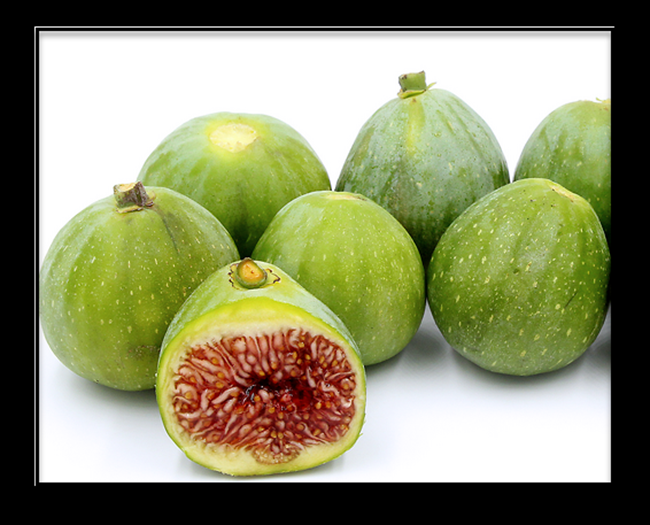
Adriatic Figs (White Figs)
Adriatic figs characterized as having light green skin and has a pale pink flesh, hence it is named as white because of its pale color. The skin is thin and has a sweet flavorful red flesh.
The Fig tree that produces Adriatic figs are self pollinating tree.
Adriatic figs are usually eaten in a candy form or eaten as a whole fruit.

Celeste Figs (Sweet Figs)
Celeste figs are also known as Sweet figs or Sugar figs because of its extraordinarily sweet taste.
Celeste Fig Tree thrives well in low temperature settings, max 15 degrees Fahrenheit. In fact, these type of tree is a cold-hardy fig variety.
The Celeste fig trees produces small to medium sized fig fruits that is characterized with skin colors of brown to purple. Celeste fig flesh is reddish pink in color. Celeste figs tastes like berry with a chewy texture. The seeds are crunchy too.

Black Mission Figs
Black Mission figs are the most common variety of figs. An origin of Spain.
Black Mission Fig Trees are considered to be one of the cold hardy fig tree that can withstand low temperatures of 10°F to 15°F, but only for a shorter period. Though the tree is versatile that it can still produce fruits even on dry and hot temperature climates that is why it is a widely known fig tree in California. They moderately spread its growth for up to 30 feet tall.
Black Mission trees produces medium to large fig fruits. The color of the skin is purple-black. Its flesh color is similar to that of Strawberry jam. It has a sweet and berry-like flavor and taste.
Black Mission Figs has a sticky yet chewy texture. Small seeds are also apparent in this type of fig.
Best use for desserts that requires extra sweetness such as in yogurts and tangy fresh cheese.
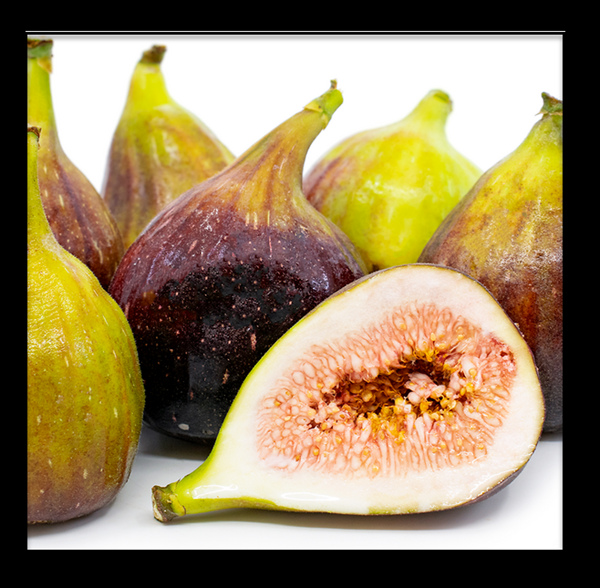
Brown Turkey Figs
Brown turkey fig trees grows between 10 to 20 feet tall. The tree cannot withstand lower temperatures, below 10°F. Brown Turkey Fig Tree can produce medium size fig fruit.
Although named as Brown Turkey figs fruit, the color of its skin is not actually brown but rather brown to purplish in color with red or light pink flesh with few seeds.
Brown Turkey taste is milder as compared to other fig fruits as it is less sweeter than Black Mission Figs.
Best used for in salad and cookies when used as a sweetener.
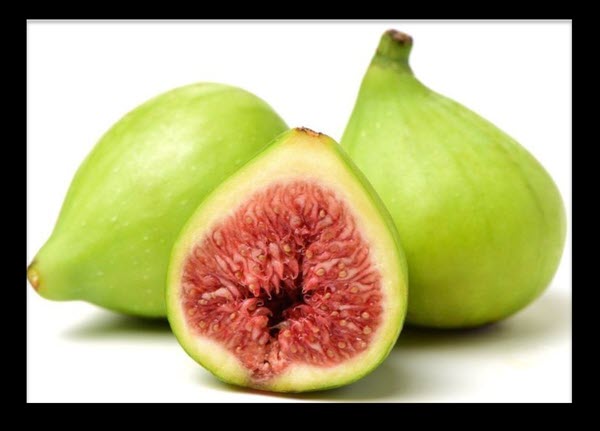
Desert King aka King Figs
Desert King Fig Tree can grow up to 15 to 15 feet tall. Considered to be on of the best fig tree variety in the Pacific northwest region since it thrives well in cold temperature settings.
These type of fig tree can produce fig fruit that is characterized as green-skinned that tends to stay in that color even when it becomes a ripe fruit. Because of that, birds are not entirely attracted to the ripened green colored fruit. The fruit the this type of tree tends to be very large with shades of green to pale yellow skin. Its flesh has shades of reddish pink and its taste is exceptionally sweet.

Kadota Figs
Kadota Figs are similar to Dottato Figs that originates in Italy. Kadota Fig trees are cold-hardy to at least 15°F but can withstand in extreme low temperature of 5°F making sure winter protection such as frost blankets are provided. The trees can grow up between 15 to 25 feet tall.
Kadota Fig trees bears small to medium sized fruit. The skin has yellowish green shade and its flesh is amber in color. Although the fruit usually ripens during fall season, its sweetness increases during warm or summer season.
Best used for in drying, preserves and canning.
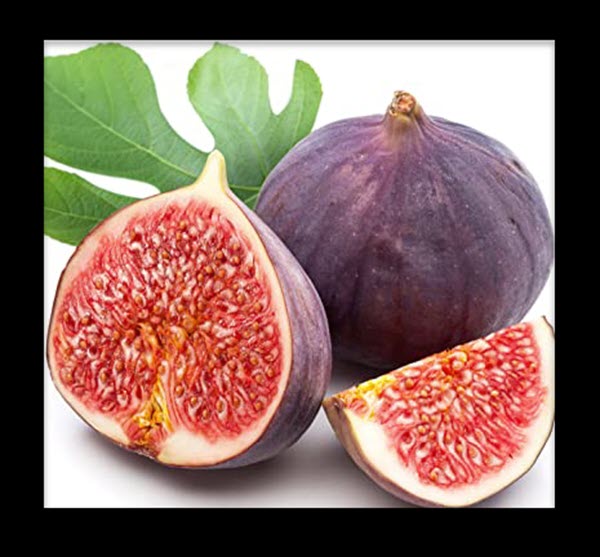
Violette de Bordeaux Figs
Another type of fig varieties that is cold hardy to low temperatures such as 5°F. These fig tree variety is also known for as a semi-dwarf fig tree. Ideal in set up with small space though it can reach its growth between 10 feet to a maximum of 12 feet especially when it is planted on the ground.
Violette De Bordeaux fig trees are producing fruit that are small with purple to black skin. It has a red flesh and is relatively taste similar to berries.
Amongst the rest of the fig varieties, Violette de Bordeaux Fig is considered to be one of the sweetest figs.
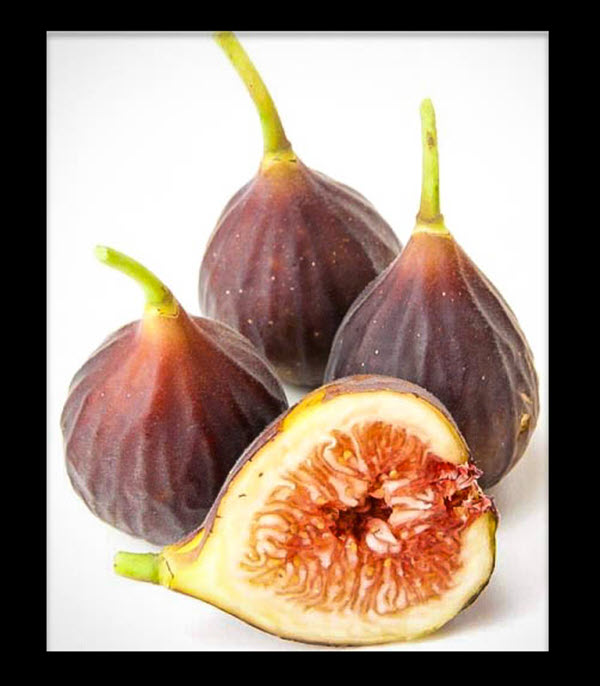
Chicago Hardy Figs
Similar to Celeste fig, Chicago hardy is also known for as a Hardy Cultivar (hardiest fig trees) . Considered to be a cold-hardy fig variety, though the branches on the tree tends to die with exposure to extreme low temperature. A mature Chicago hardy tree can grow up between 10 feet to a maximum of 12 feet.
Chicago hardy fig tree produces edible fruit that are medium in size. The skin of the fruit has shades of purple with light pink in color flesh. The taste and flavor is similar to that of a strawberry wherein it taste light and sweet. Often referred to as a Fruity berry type of fig fruit.

Excel Figs
Similar to Desert King Figs, Excel figs can also adapt to different climate settings. Excel Fig tree growth rate is between 12 feet to a maximum of 20 feet tall when it matures.
Excel Fig Tree bears medium to large sized fig fruits that have yellow-green skin and an amber colored flesh. These types of fig edible fruit are very sweet. In fact, it has a similar taste that of a honey. Excel fig fruit does not split even when it has already ripen.
Excel Figs are considered to be one of the best all around white figs.
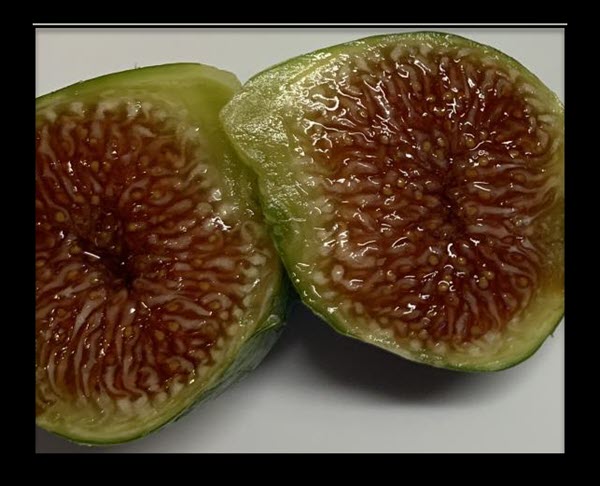
Corky’s Honey Delight Figs
Corky Honey Delight Fig tree is considered to be a semi-dwarf tree variety. Its growth rate is between 10 feet to a maximum of 12 feet.
This fig tree bears fig fruit with green skin. The skin changes its color to light yellow green as soon as the fruit ripens. It has an amber colored flesh. Since honey is known to be sweet, thus its name, corky honey delight figs are very sweet fruits.
White Genoa Figs
Similar to Corky Honey delight figs, White Genoa is also a semi-dwarf fig tree with growth rate of just 12 feet to a mature growth of up to 15 feet.
Produces fig fruits that are very large in size with skin that has yellowish green skin. Its pulp has noticeable shades of light honey yellow to shade of rose color.
Best eaten as fresh figs, though can also be used for in preserves.
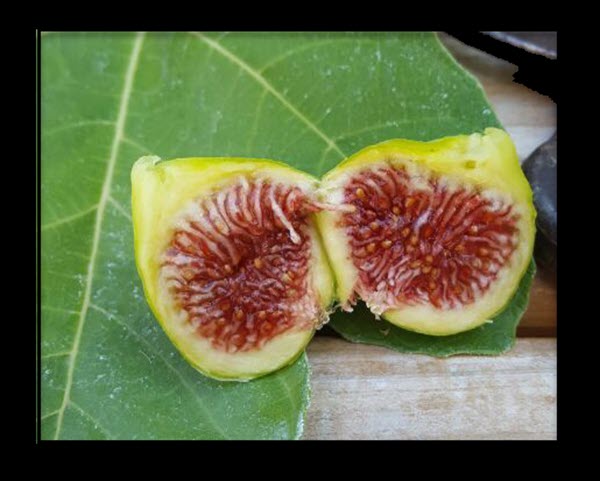
Peter’s Honey Figs
Peter’s Honey fig trees usually has a medium growth rate. Another semi-dwarf fig variety with a growth rate of 12 feet to a maximum mature growth of 18 feet tall. The tree generally bears fruits twice in a year.
It usually bear fruit that are medium sized fig fruits and are round. It has greenish yellow skin and its flesh is colored amber. The fruit is vert sweet with a hint of honey. Considered to be a high quality fruit variety.

LSU Gold Figs
Another types of fig varieties wherein its tree is considered to be fast growing. LSU Gold fig trees are medium sized tree with a growth rate of at least 8 feet to a maximum of 15 feet tall mature height. Its width is between 8 to 10 feet.
LSU Gold Fig fruit is characterized as a relatively large fruit with light yellow green skin with a hint of rose colored blush. The flesh of LSU gold is a combination of pink and red. It has an evenly rich sweet taste.
Best for eating it fresh figs, but can also be used for preserves and drying.
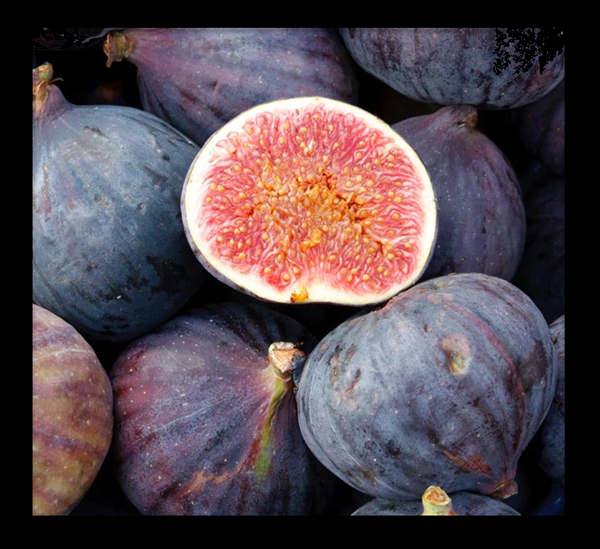
LSU Purple Figs
LSU purple fig tree is considered to be one of the smallest fig tree variety that only reaches about 8 feet to a maximum of 10 feet when it matures. Maturity age usually takes about 5 years.
Fruit of these types of figs are medium in size and have a purple colored skin. The flesh has a shade of light raspberry color.
It taste like caramel, with a touch of dates and permission and brown sugar. Also, has a very sweet flavor.
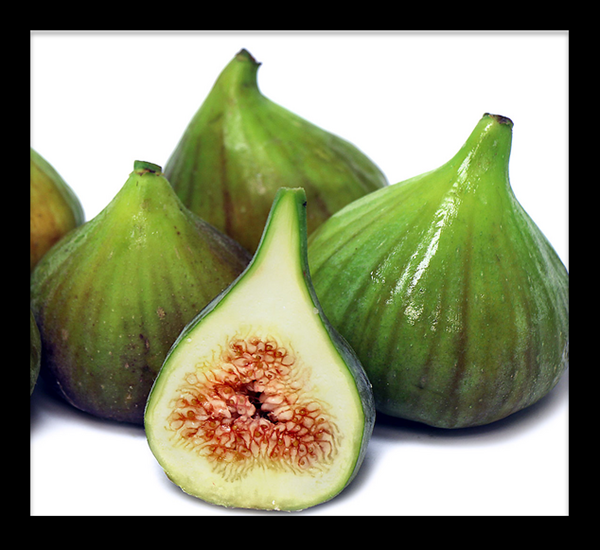
Osborne Prolific Fig
Osborne Prolific is another types of figs in this list. The tree growth rate is moderate with at least 12 feet to a maximum of 20 feet tall.
The Osborne Prolific Fig tree produces medium sized fruit that has skin color of bronzed purple. The flesh has an amber color. It has a flavor of mild caramel, berry and honey, therefore it is relatively a sweet fig fruit.
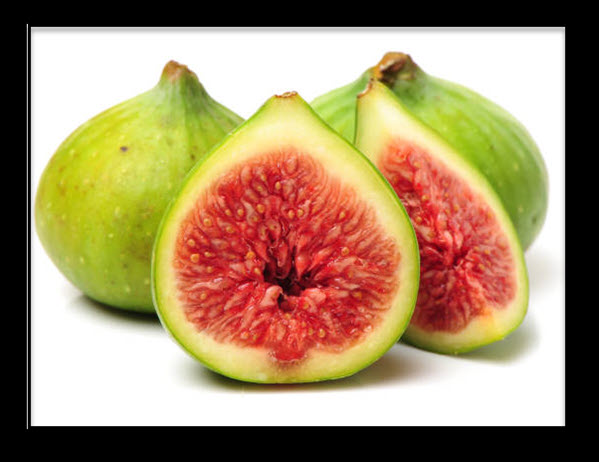
Calimyrna Figs
It is also known as Nutty figs or Smyrna figs.
These types of figs are large, but soft fig fruit. The Skin of Calimyrna figs fruit are green with light gold and pinkish flesh.
It has a deliciously sweet taste but also hints of nutty flavor. Although most figs have a nutty flavor, these type of figs is more nutty therefore more popular than Black mission figs variety.
Calimyrna figs tree usually produces females flowers that requires pollination by Caprifigs.

San Pedro Figs
San Pedro fig trees usually bear two crops in a single year. The first crop (summer time) known as Breba crop typically grows mature wood and does not require pollination while the second crop (4th quarter of the year) usually grows new wood and usually requires male flowers for pollination.
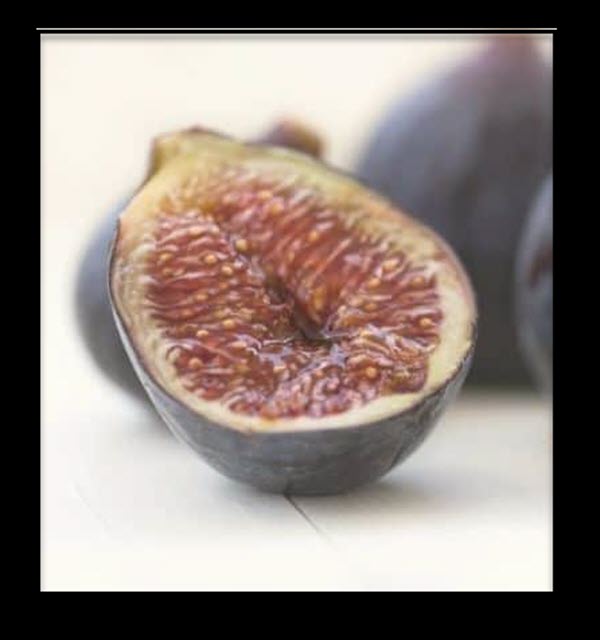
Purple Genca Figs
Purple Genca Fig tree are known to have a moderate growth rate that usually grows up to 13 feet tall. The fruits that these types of fig trees produces Black Genoa figs or also called Black Spanish figs.
These types of figs appears to have a dark purple skin and are relatively large in size with a red flesh. Purple Genca fig fruits have a sweet taste.
Best when eaten dried and can also be eaten as fresh fruit.
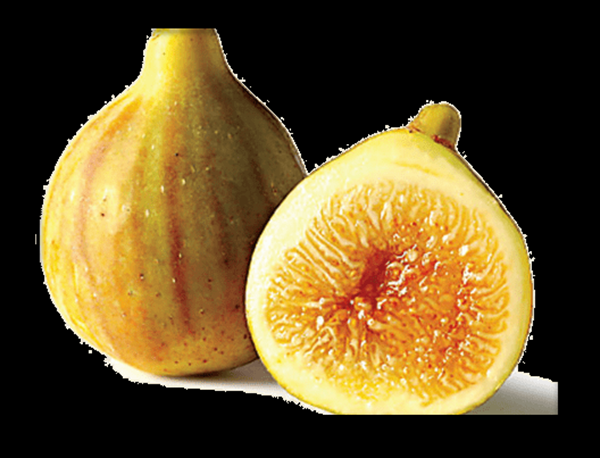
Alma Figs
Alma Figs Tree is sensitive to extreme cold temperatures as in during winter season. Therefore when planning to plant these types of figs, make sure to put them indoors during the winter season.
Alma fig fruits are medium sized fruits with a yellowish skin with tiny seeds on the inside.
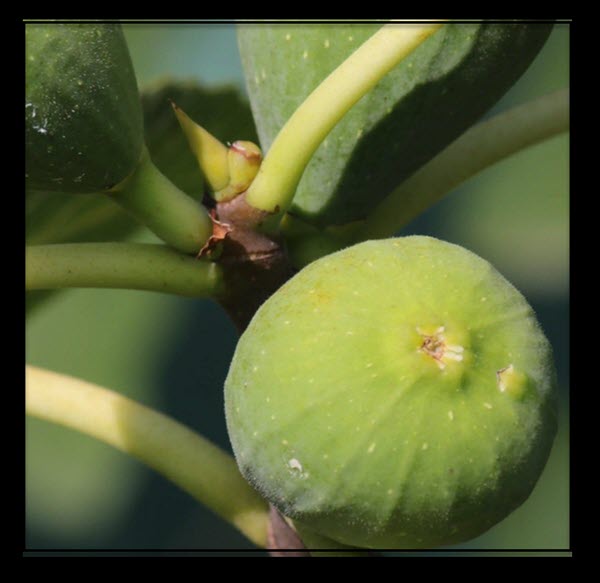
Smyrna Figs
Smyrna fig tree usually bear female flowers when pollinated with caprifigs.
Smyrna fig fruits have a greenish to yellowish skin that usually turns into light gold shade especially when made into dried figs. It has a noticeably nutty flavor, a common fig characteristics of fig varieties.
5 Health Benefits of Eating Figs
Figs are high in vitamins and minerals that helps the body prevent diseases.
- Lower Blood Pressure level
- Controls and Manages Diabetes
- Aids in relieving constipation
- Anti-oxidant
- Prevents Cancer
FAQs
There are about 700 fig varieties. But the most common and popular ones are mentioned in this article.
No, not all figs are edible. In fact, caprifig is one example of an inedible figs fruit. Also, not all fig can produce pollens too.
Conclusion
In this article, we were able to discuss 20 different types of figs. Although there are hundreds of varieties, the ones mentioned are the most common fig tree varieties that bears and produces fig fruits.
We hope that this guide has helped you understand more the different varieties and understand how each variety differs from one another.
Have you tasted one of the fruits mentioned? Let us know what is your favorite fig fruit.





